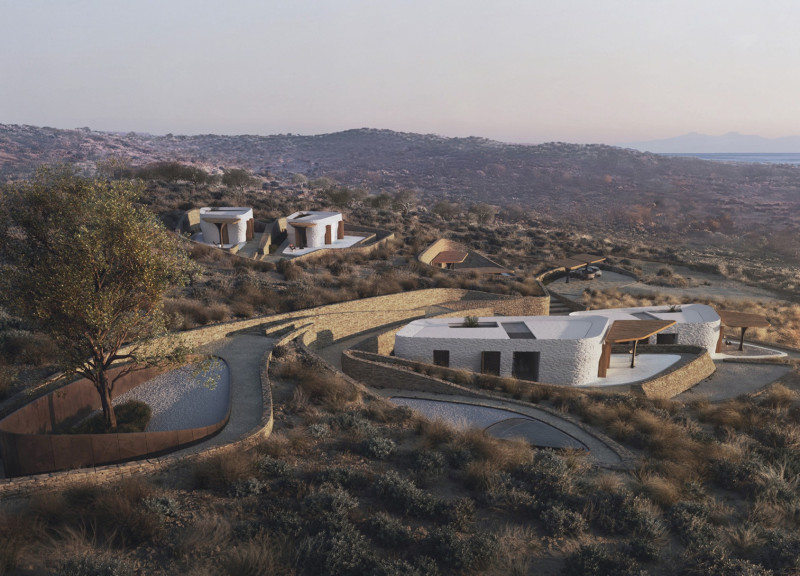5 key facts about this project
The primary function of the structure serves as a [insert general use, such as residential, commercial, or community space], aimed at fostering interaction and engagement among various stakeholders. By situating the building within its specific geographical context, the design not only enhances its usability but also celebrates the local culture and natural surroundings.
Key elements of the project include an open floor plan that facilitates the flow of movement between spaces, thus promoting a sense of community. Large windows strategically placed throughout the design allow natural light to penetrate deep into the interiors, creating an inviting atmosphere and minimizing the need for artificial lighting during the day. This connectivity to the outdoors is further emphasized through the use of landscaping that integrates pathways and gardens surrounding the building, effectively blurring the lines between inside and outside.
The facade of the building exemplifies a modern aesthetic, characterized by a combination of materials that are both visually appealing and functional. A harmonious blend of concrete, wood, and glass not only contributes to the structural integrity but also creates a warm and inviting environment. The concrete provides durability and stability, while the wooden accents introduce a natural element, softening the harshness often associated with urban structures. Extensive glass panels enable views of the landscape, making the occupants feel more connected to their environment.
Unique design approaches are evident throughout the project, particularly in the way it addresses sustainability. The architecture incorporates various eco-friendly features, such as rainwater harvesting systems, solar panels, and high-efficiency insulation, which collectively reduce the overall energy consumption of the building. This focus on sustainability emphasizes the project’s commitment to environmental responsibility.
Another notable aspect of the architecture is its adaptability to changing needs. The layout is designed to be versatile, allowing for easy modifications to accommodate future demands, whether that involves expanding spaces or reallocating functions based on community growth or usage trends.
Additionally, the project thoughtfully considers the human experience, placing a strong emphasis on user comfort. The design incorporates features that promote well-being, such as natural ventilation, sound insulation, and the use of non-toxic materials, ensuring a healthy indoor environment.
As the architectural design unfolds, it becomes clear that the project does not merely exist as a standalone structure but serves as a living entity within the community. By addressing both aesthetic sensibilities and practical requirements, the architecture connects with its surroundings while catering to the needs of its users.
For those keen to explore the intricacies of this architectural venture, delving into architectural plans and sections can offer a more comprehensive understanding of the design philosophy and execution. Furthermore, reviewing additional architectural ideas connected to this project will enhance appreciation for its thoughtful integration of space, form, and function. This exploration encourages a deeper connection with the architecture that plays such a vital role in our everyday experiences.


 Dimitrios-achillefs Kolonis,
Dimitrios-achillefs Kolonis,  Georgia Kotsioni
Georgia Kotsioni 




















